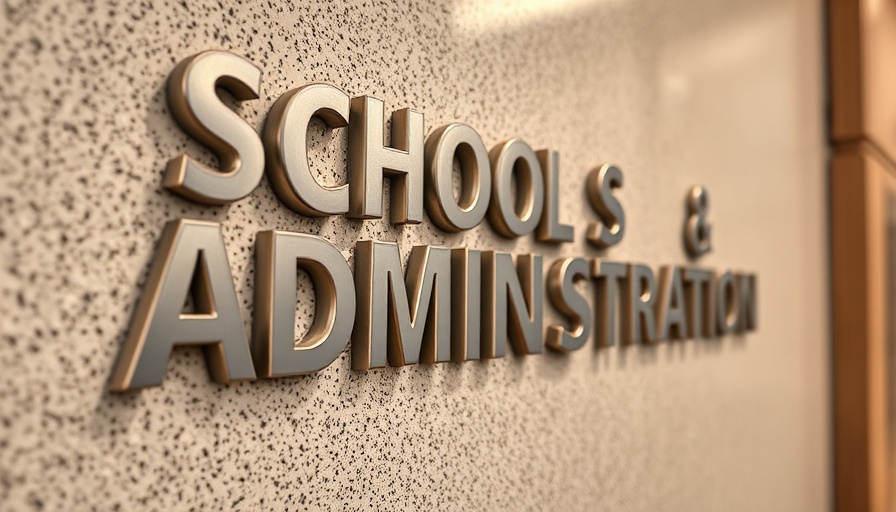
The Impacts of Ohio's New Budget on School Funding
As the Ohio House passes a multifaceted $60 billion budget, the implications for public schools are raising eyebrows. Speaker Matt Huffman heralds this as a groundbreaking budget. However, many school officials express deep concern over the cuts, particularly to education funding, which could reshape how schools operate financially in the state.
Understanding the Legislative Changes
A pivotal change in this budget affects how often schools must return to voters to renew funding, essentially increasing the pressure on districts to seek levies frequently. In the case of Parma City Schools, Superintendent Charles Smialek highlights the precarious situation schools face. "We always talked about a slippery slope, and I think that the slope is covered in oil at this point," he remarked, voicing alarm over potential funding crises.
What Will Future Levy Trends Look Like?
With the state requiring schools to cut property taxes if they exceed a 30% carryover from previous budgets, many districts find themselves in a challenging predicament. If schools retain significant reserves, they risk being perceived as financially secure, urging lawmakers to impose cuts. However, these reserves are often vital for dealing with inflation, rising costs, and necessary staff pay raises.
Public Schools and Voter Trust
Many districts, like Parma, fear that their need to maintain financial reserves for long-term projects could lead to a perception of hoarding cash. Smialek noted, "For us to have to give back a cash balance because there's this perception that we're hoarding cash just belies common sense." Such dynamics might complicate the relationship between schools and voters, threatening future levies as public perception shifts.
Counterarguments: Balancing Cuts and Developments
On one side of the debate, the House GOP argues that districts should be more accountable for managing funds effectively, suggesting that the nearly $10.5 billion carried over by schools indicates a lack of urgency in budget management. The GOP claims that this excess could provide tax relief, minimally impacting local residents.
The Complex Reality of School Financing
But with inflation breathing down districts' necks, many educators assert that having larger reserves is a prudent move. Schools need funds to handle unforeseen expenses like energy costs and salary increases. The situation thus becomes a complex balancing act between fiscal responsibility and community needs.
Navigating Uncertain Waters
The budget cuts and new mandates create a tug-of-war dynamic between school districts and the community. As the funding landscape changes, schools face the challenge of reconciling these cuts with their obligations to provide quality education. The need for transparency and clear communication with the public grows more urgent than ever, as both parties seek common ground amidst fiscal constraints.
As we look to the future, the potential for increased school levies in Ohio looms large, emphasizing the critical need for ongoing dialogue between schools and the families they serve. How will you respond to this changing landscape in your local community?
 Add Row
Add Row  Add
Add 




 Add Row
Add Row  Add
Add 








Write A Comment